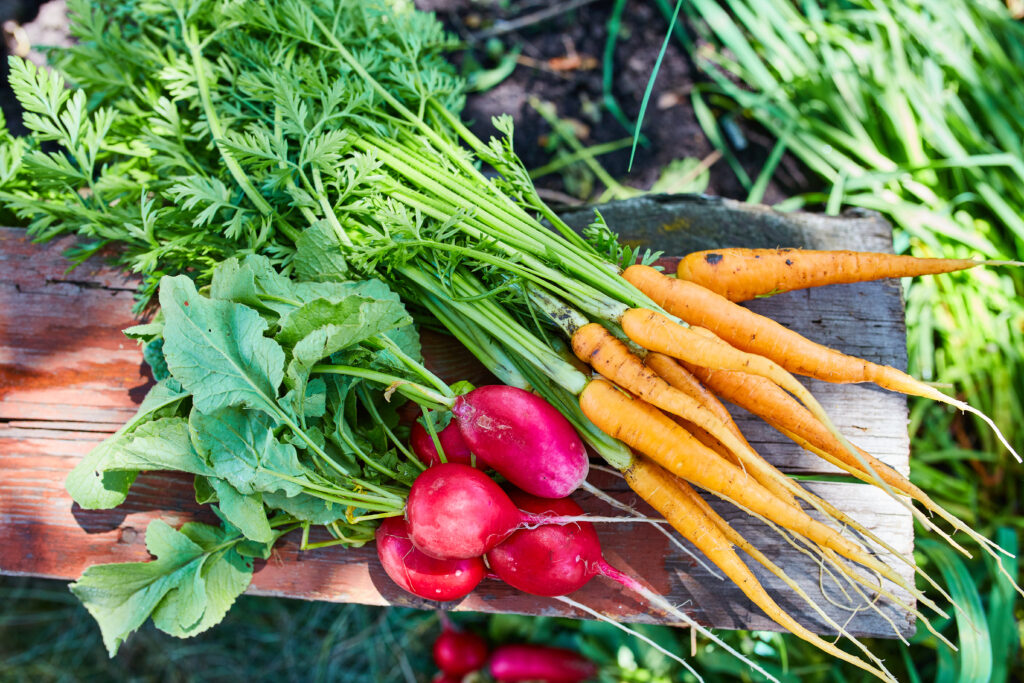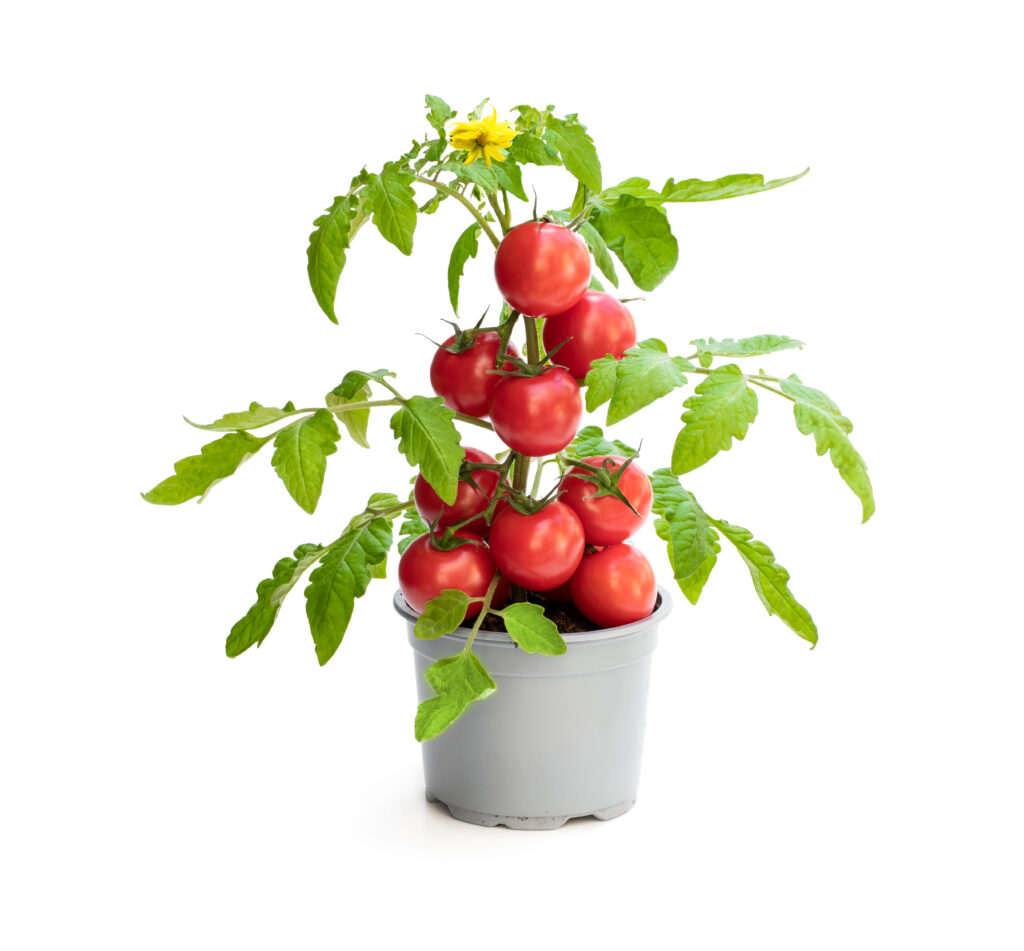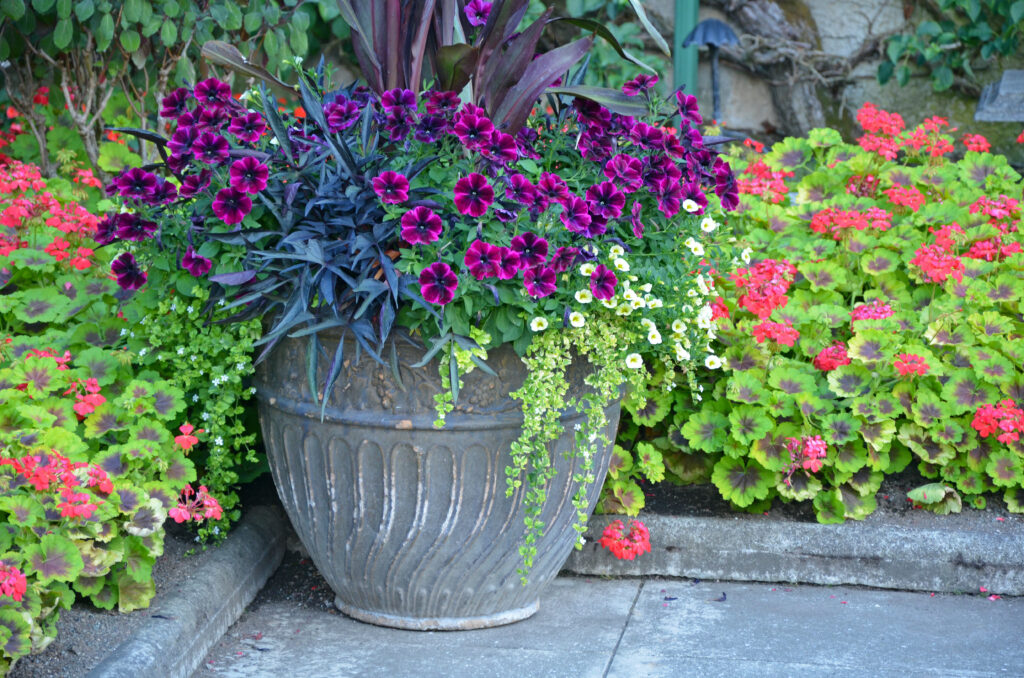Ann looks forward to the new season.
There’s plenty to keep you busy in the vegetable plot at the moment. Plant smaller quantities little and often to keep a steady supply of vegetables for the kitchen. There are many vegetable varieties out there, so why not try something a little different such as butternut squash, Pak choi, okra or cucamelon.
Most garden centres sell packs of vegetable plants, which makes it easy to plant out a few every fortnight along with sowing seeds of spring onions, radish and basil. The last of these is becoming more and more popular and there are many types to choose from including sweet, purple and Thai.
For new potatoes in October, or at Christmas, plant seed potatoes in tubs in July and August. Growth will finish in October; leave tubers in their pots until required for cooking. Remember they’ll need protection once the winter frosts appear in November and December.
You can still pop carrots and turnips in until August, but sow or plant out your last beetroots, peas and beans in July. Use fine netting to cover cabbages, cauliflowers, carrots and other particularly susceptible vegetables against flies, pigeons and butterflies.
Harvest peas and runner beans regularly while they’re young and tender; freeze any spares to keep you going over winter. Keep beans and peas moist, and spray over foliage to encourage pods to set.

Bird barriers
Cover fruit bushes with netting to stop the birds picking your fruit before you do! Keep bushes watered if the weather is dry to discourage mildew and clear up any diseased foliage as you go along.
Tomato, cucumber and pepper plants should not be planted outside until the end of May; even inside they need some heat at night if temperatures are dropping low. There are many varieties to choose from, from the large beefsteak to the tiny Supersweet varieties.
Watch out for slug damage on young herbaceous plants and summer bedding such as marigolds. Slug Gone is a good choice. It is made from sheep’s wool and is sold in pellets, which you put round the base of plants; once dampened small fibres act as an irritant to slugs.
Delightful colours
Many herbaceous plants flower in their first year and there’s always a good selection available in garden centres. The first batch of West Country lupins should be ready now – with their many vibrant hues they make a delightful splash of colour, along with the hardy geraniums and the coloured leaves of the heuchera. Also available are the ever-popular delphiniums, lupins and foxgloves.
Summer bedding can be planted outside from the end of May, so long as there aren’t any late frosts. Plant antirrhinums, asters and lobelia first, leaving marigolds, begonias, impatiens and geraniums until the beginning of June if necessary. Ensure that you water them well to get them established, then feed fortnightly and deadhead regularly.
Start making up hanging baskets and tubs, but don’t leave them outside at night until the beginning of June, as even a cold night or windy day will spoil them. Use a good multipurpose or tub and basket compost. Once planted they can be stood outside if we get a nice warm day, but bring them inside at night. Don’t be tempted to put them in a dark garage or shed as they need good light levels to get established. Water regularly – every day when the sun starts shining – and feed weekly with a plant food. Don’t forget to deadhead often and your plants will give colour right through to the autumn.
Hoe borders frequently, preferably on a nice sunny day and any weeds that are beginning to get established will wilt and die off quickly; regular hoeing will also allow air into the top layer of soil and encourage root growth.

Time to cut
As the weather improves the grass will start growing and need cutting. Do a light cut first, gradually reducing the mower height over several cuts. There’s likely to be plenty of moss in lawns this year due to the wet weather we’ve had.
MO Bacter organic moss treatment is ideal for controlling this. It can be applied to your lawn at any time from March through to September; it contains an organic fertilizer that releases over a three-month period which digests the moss, greens the lawn and improves the soil. One of the advantages is that it leaves no unsightly black patches and scarifying is not necessary. It has the added bonus that if its accidently spread onto your borders it won’t hurt the plants. In fact, since it’s a fertilizer, it will feed your borders too!
To complete another gardening cycle – or start a new one depending on how you look at it – start thinking about your spring-flowering bulbs from August. It always pays to think ahead so it doesn’t all become a last-minute rush!
Happy gardening!
This issue’s tips are provided by Ann Winwood of Lealans Garden Centre, Shipley.






